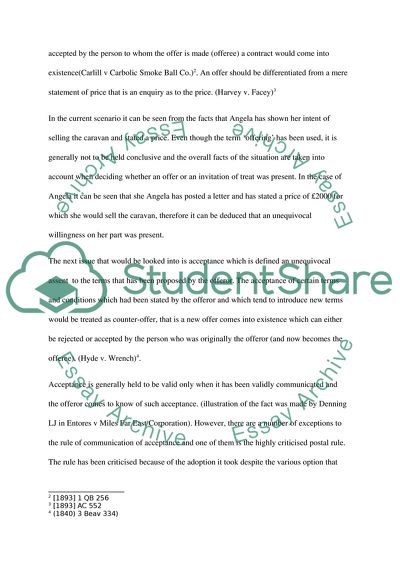Cite this document
(Business Law Case Study Example | Topics and Well Written Essays - 1500 words - 18, n.d.)
Business Law Case Study Example | Topics and Well Written Essays - 1500 words - 18. https://studentshare.org/law/1570940-business-law
Business Law Case Study Example | Topics and Well Written Essays - 1500 words - 18. https://studentshare.org/law/1570940-business-law
(Business Law Case Study Example | Topics and Well Written Essays - 1500 Words - 18)
Business Law Case Study Example | Topics and Well Written Essays - 1500 Words - 18. https://studentshare.org/law/1570940-business-law.
Business Law Case Study Example | Topics and Well Written Essays - 1500 Words - 18. https://studentshare.org/law/1570940-business-law.
“Business Law Case Study Example | Topics and Well Written Essays - 1500 Words - 18”. https://studentshare.org/law/1570940-business-law.


